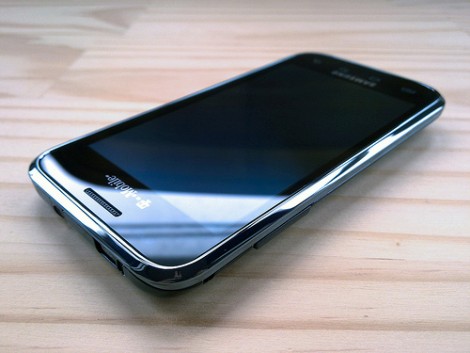
If you’ve got a Samsung Vibrant and want to take advantage of that unlimted 3G account you can tether without rooting the phone. This method uses a USB cable to provide internet access to Windows XP and Windows 7 computers. Samsung’s own Kies software handles the tethering, as long as you have the magic number to get connected on T-Mobile USA networks; ‘epc.tmobile.com’ for the APN name and ‘*99#’ as the phone number. [Zedomax] made the video after the break which takes you through the tethering ritual.
Continue reading “Tethering The Samsung Vibrant Without Rooting”
















